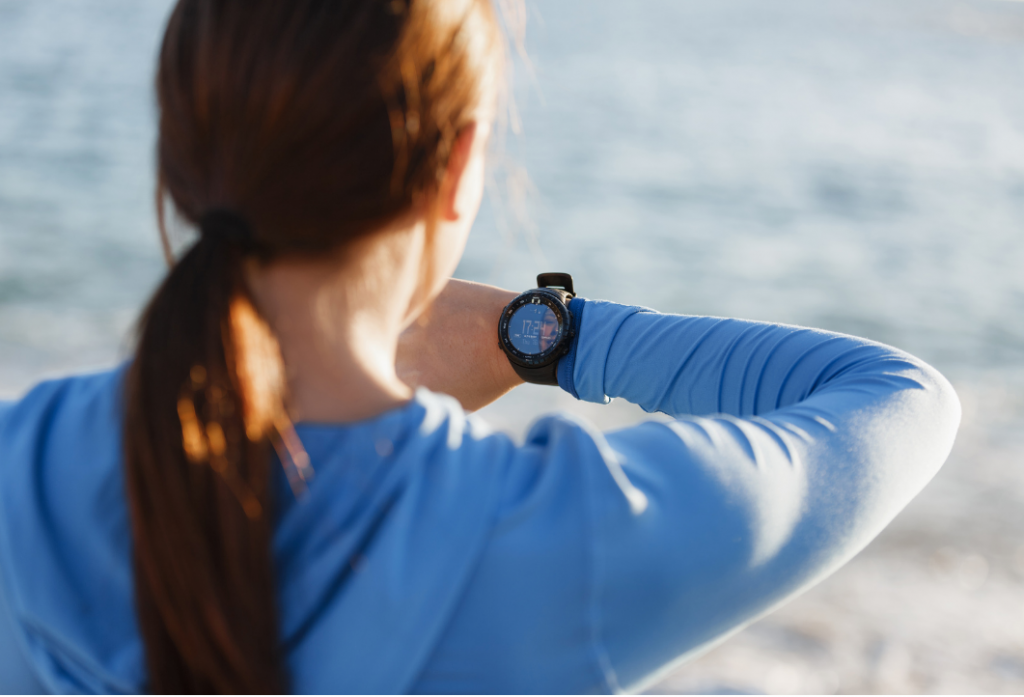We are in a technology age, and thank goodness for it. Objective data, right at your fingertips. Literally.
Ahh yes… Gone are the days of relying solely on subjective comments from the client or your own subjective opinions!
Gone are the days of not being able to predict or understand changes in fatigue levels!
Gone are the days of confusion, uncertainty and ambiguity!
HRV has been receiving a lot of attention in the media of late, and there is good reason for it. After it was introduced initially in the late 1900’s, its use has ranged from cardiovascular disease, to mental health disorders, to optimising athletic performance (1). HRV is now becoming known by the public as a neat new feature for health tracking, used by elite athletes, recreational exercisers and health nerds alike.
We like to think that we are ahead of the game when it comes to HRV use for our Chronic Fatigue clients… For the past 3 years, HRV monitoring has formed a firm cornerstone of our Fatigue Management program. (If you didn’t read our blog last week, check it out for more context on how the Bounce ™ program aligns with the new N.I.C.E. recommendations for Fatigue Management – *Spoiler alert* – The use of technology for fatigue management forms part of these recommendations!).
So why are we so excited about using HRV monitoring in our Chronic Fatigue clients? How does one go from optimising athletic performance to applying to clinical practise? Let us convince you why we consider it our superpower…
If you’re not up to speed on what HRV is and how it works, then it’s time to catch up! Don’t worry – We’ve got you covered. Check out our articles – The Secret Weapon: HRV and New to HRV? for everything you need to know.
Would you rather… Objectively assess? Or guess?
HRV monitoring (particularly when coupled with an activity diary or activity tracker) takes away the guesswork.
By taking an HRV reading at the same time every morning, it does two things:
1. It gives us feedback about the impact of activities and lifestyle variables from the day (or days) prior.
HRV can be influenced by many different variables, such as…
- Physical activity or exercise
- Sleep
- Diet
- Hydration
- Alcohol consumption
- Stress or emotional fatigue
- Cognitive exertion
The impact of these variables varies from person to person. Over time, when tracking HRV levels in conjunction with tracking an individual’s daily activities, patterns begin to emerge. The fog begins to clear!
HRV provides an objective indication of the true impact of day to day activities.
2. It provides an early warning signal for any changes in health.
With regular and consistent monitoring, we gain an understanding of the individual’s baseline HRV score, which we can then compare to for any deviations above or below this. HRV data picks up on the subtle information contained within changes in heart rate, and is reflective of the body system as a whole. Often, changes are detected by HRV monitoring even before the symptoms present themselves! This gives our clients the cue to prioritise rest and recovery when the score is low, or challenge themselves more when the score is high.
That all sounds great but… Can you put it into the real world??

Let us paint the picture…
Your claimant “Jo” has taken time off work after a virus 12 months ago knocked her off her feet. Once a busy and active mum of 3, Jo is now couch-bound for half the week and struggling to keep up with the demands of a busy family life. Her condition has stabilised somewhat, but you’re still concerned. Every time she tries to push herself to do the things that she used to do, she ends up back in bed for 2 days. The graded return to work plan that is ready and waiting for her has been postponed twice already, and Jo is getting impatient with her recovery.
Jo is on a rollar-coaster ride of fatigue, and you can see that it’s taking a toll on her emotionally as well. She feels hopeless, lost, and like her health is outside of her control.
Drum roll please….
Enter, HRV (and of course, a Specialised Health Exercise Physiologist!).
Jo begins measuring her HRV everyday in the morning after she wakes up. After several weeks, she begins to see patterns emerging. Funnily enough, the HRV score seems to drop significantly on a Sunday morning, and it’s at its best on a Friday. Huh?
Jo and her E.P. look at her activity diary from the week been, and the step count data from her fitbit. What did Saturday involve that is different to other days of the week? Was the step count higher, her bedtime later, perhaps that glass of wine on Saturday night played a role?
With a bit of trial and error, Jo begins to realise that her fatigue seems to be correlated to the days that she exceeds around 8,000 steps or more. Her Saturday morning walk with a friend may be influencing her symptoms more than she originally thought… Jo and her E.P. agree to try keep her step count below 8,000 steps every day, until her fatigue symptoms begin to improve.
One day, Jo wakes up feeling fine but with an unusually low HRV score. She racks her brain trying to figure out what may have caused it, but draws a blank. She trusts in the data anyway, diligently following the advice of her E.P. to prioritise rest and recovery. The vacuuming can wait until tomorrow… Perhaps best to reschedule dinner with her sister for another day also. When her energy levels start to crash at around 5pm that evening, Jo is grateful that she planned ahead and prepared dinner early!
Jo wakes up the next morning with an HRV score back on the rise. Crisis averted.
HRV removes the ambiguity for people like Jo. It gives insight to what is happening at a physiological level; to guide activities, lifestyle choices, and (if appropriate, under the guidance of an exercise physiologist), exercise progression. Not only can we now start to make educated decisions around how to best manage her day, but it puts the control back in her hands and empowers her to take responsibility for her recovery.
Does our story about Jo remind you of anyone on your claims list?
Get in touch to see if HRV would be right for them!
References:
- Hidden Signals—The History and Methods of Heart Rate Variability (Gernot Ernst): https://www.frontiersin.org/articles/10.3389/fpubh.2017.00265/full#B22
Author: Yolanda van Vugt
Let’s connect, find us:
